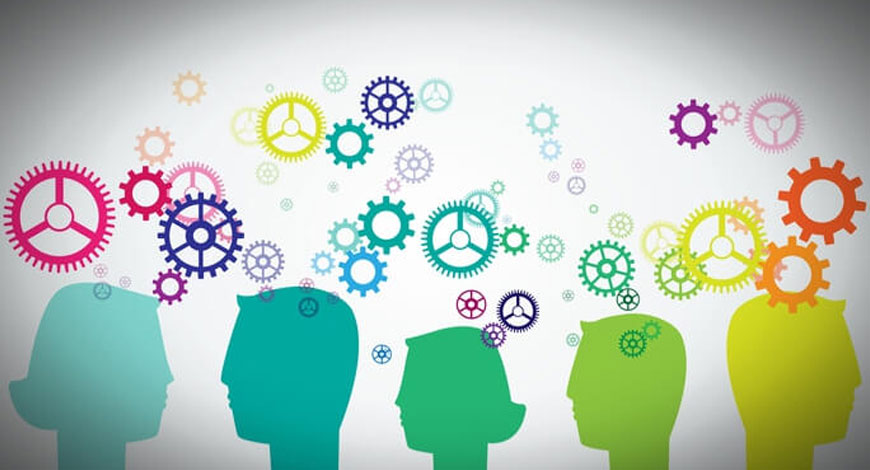Technology is merely a tool to assist the designer in creating a design; skill, on the other hand, refers to the designer’s knowledge and expertise in various design principles and practices
Skill and technology are both important in design, but they serve different purposes. In this vastly homogenous world of globalised brands and identical experiences, design can provide differentiation. According to a survey of design professionals conducted by Adobe, 85 per cent of respondents agreed that technology has made it easier for designers to achieve their creative vision. Similarly, 80 per cent of respondents felt that technology had increased their productivity in the design process.
Designers in areas like color theory, typography, composition and user experience are referred to as skills. With the help of these skills, the designer is able to produce visually appealing and effective designs that are suited to the needs of the user and the project’s objectives.
Requisite creative mindset
It is crucial for the designer to comprehend and be able to use them while making design decisions, whereas technology is the umbrella term encompassing the hardware and software that graphic designers use to develop and implement their designs. With the use of technology, designers can swiftly and effectively generate and manipulate digital materials including photos, graphics and layouts.
The designer may produce designs that are both aesthetically pleasing and functional, addressing the needs of the user and the project’s objectives. A designer with a good skill set is able to comprehend the needs, objectives and preferences of the user and use that understanding to produce designs that clearly convey the intended message and produce the desired result. This can involve producing designs that are appealing to the eye, user-friendly and open to many user types.
Better understanding of design
The ability to explore many design styles, processes and mediums while honing your talents by producing a wide range of designs from logos to websites can assist you in better understanding design and creating your own distinctive style. For instance, designing logos gives you the chance to practice producing straightforward yet impactful visuals that convey a brand’s identity. Websites, on the other hand, present a more challenging design task since you must consider user experience, navigation and the blending of different elements like text, photos and videos.
Needs hands-on practice
Technology is merely a tool to assist the designer in creating a design; skill, on the other hand, refers to the designer’s knowledge and expertise in various design principles and practices, which enables them to create aesthetically pleasing and efficient designs that satisfy the needs of the user and the project’s objectives.
Work more efficiently
Designs for items and structures that would be challenging or impossible to construct by hand can be aided by technology, such as 3D modeling software. User interface (UI) and user experience (UX) design expertise may be used to produce designs that are aesthetically appealing as well as simple to browse and utilise.
Eye on technology upgradation
A designer who possesses both design expertise and technological know-how can produce technically sophisticated and polished designs that are both efficient and aesthetically pleasing. They are able to use technology to bring their designs to life in a digital format and make changes and modifications with ease.
Technical proficiency
Technical proficiency refers to a designer’s ability to effectively use design tools, software and techniques to create design solutions. This includes knowledge of color theory, typography, composition and the ability to use design software such as Adobe Creative Suite, Sketch, Figma, etc.
Problem-solving
Problem-solving in design refers to the designer’s ability to understand and analyse a design challenge and use their creativity and design skills to develop effective solutions. This requires a strong understanding of design principles and the ability to think outside the box to come up with unique and impactful design solutions. Good design problem-solving skills also require effective communication, collaboration and the ability to make informed decisions based on design goals and constraints.
Visual communication
Visual communication refers to the use of visual elements, such as images, graphics, typography and color, to convey a message or idea. In design, visual communication is used to create effective and impactful designs that engage the audience and effectively convey the intended message.
Effective collaboration
Collaboration refers to the process of working together with others towards a common goal. In design, collaboration often involves working with other designers, developers, stakeholders, and clients to achieve a shared vision for a project. This requires strong communication skills, the ability to work effectively in a team and the ability to handle constructive feedback and make compromises when necessary. Effective collaboration is crucial in the design process, as it allows designers to draw on the strengths and ideas of others to create the best possible design solutions.
In conclusion, technology and skill both play an important role in the design process. While technology can provide new tools and resources for creating and manipulating designs, it is ultimately the designer’s own skill and creativity that determines the success of a design. In addition, companies that prioritise design as a key business strategy tend to perform better.

